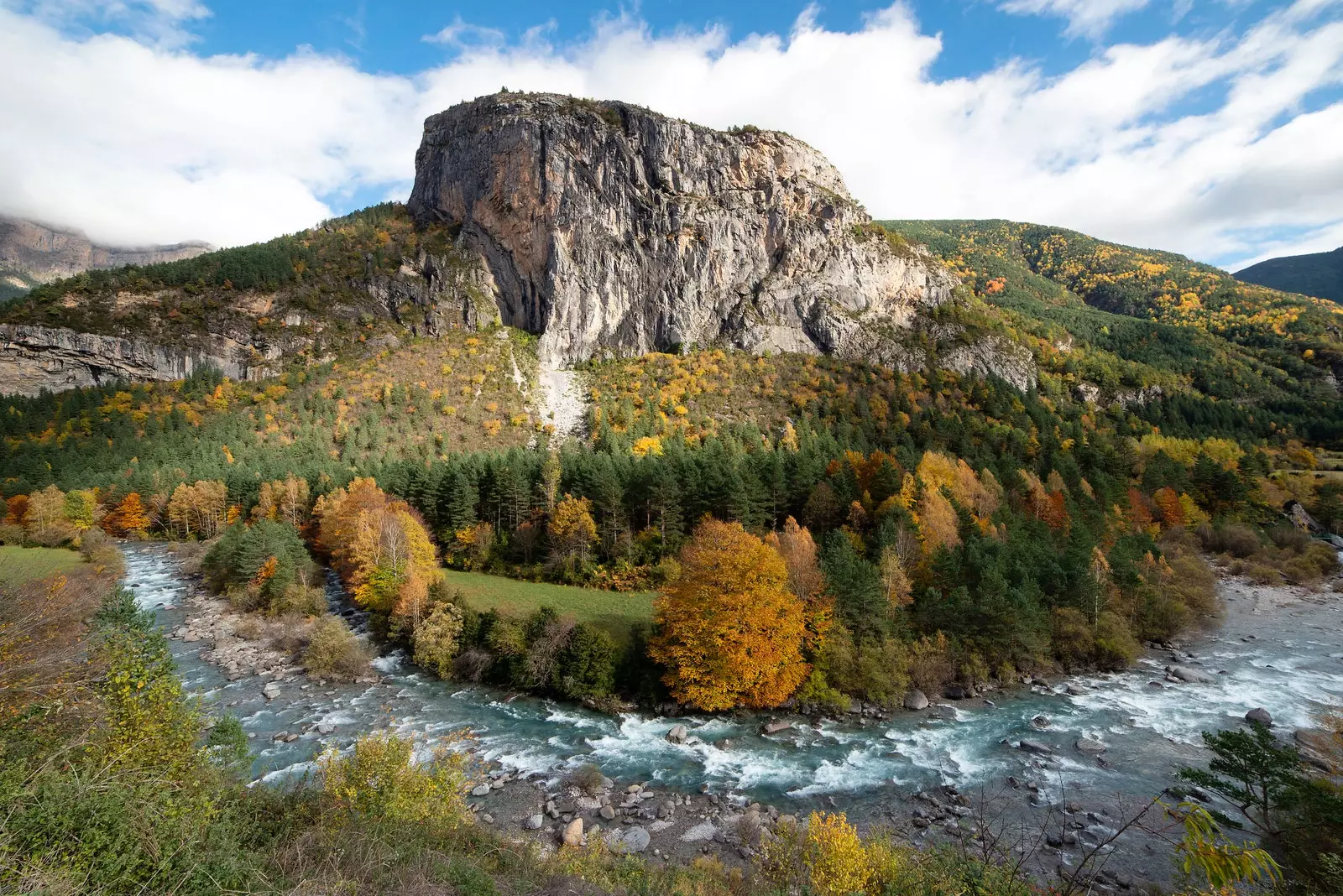
Autumn in the Huesca Pyrenees
Autumn has brought out the colors in the Pyrenean landscape . It is perhaps one of the most beautiful times of the year to visit it. we make a photographic tour of the Huesca Pyrenees what part of the plan locality , where we have set up our base camp at the Hotel Mediodía. Our accommodation and its large windows overlooking the Rock Noon , the sen ridges either the bottom of the Chistau valley they tempt us every day, it is perfect to stay, but there is so much to see in the immediate vicinity! So much autumn in full splendor!
To begin with, let us familiarize ourselves with the word ibón . These glacial lakes They are common in the Pyrenees. They are masses of frozen and crystalline waters contained in height. The Ibón de Plan is at 1,910 meters in the Gistaín-Chistau valley . We visit it when it has already received the first snow of the season.
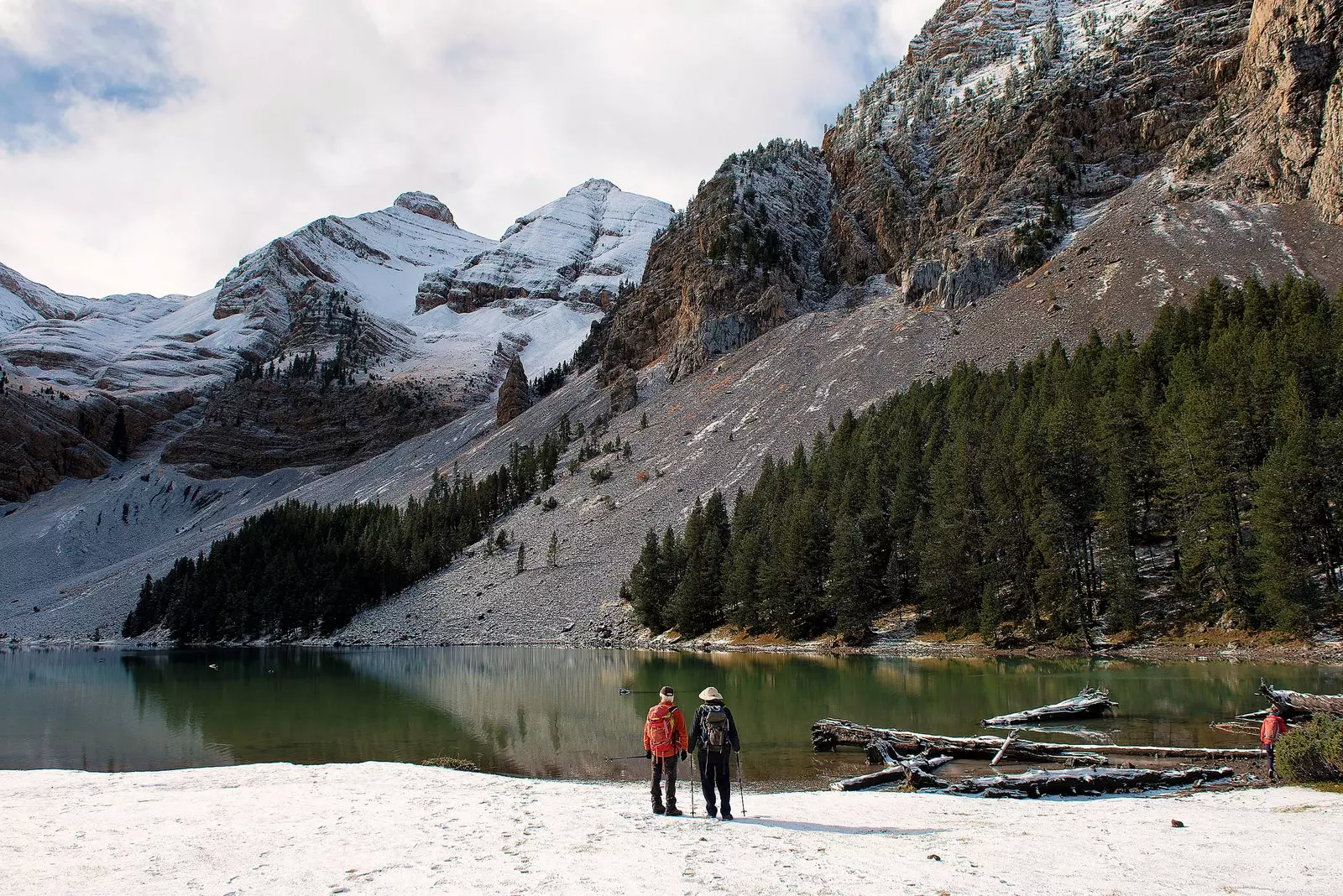
Ibon del Pla
known as Base of the Blackberry , is one of the most beautiful glacial lakes in the Pyrenees. It occupies the bottom of a glacial cirque, where tens of cubic meters of ice eroded the rock over centuries. With the thaw, all that painstaking weathering work was exposed. It is the landscape that it offers us today, the ibón guarded by the rocks that exceed 2,600m.
The preserved beauty of Gistain-Chistau Valley is due in part to the difficulty of accessing it with a vehicle, which can only be done through the Gorge of the Inclusa , a narrow passage excavated in the rock that overlooks the Cinqueta river . Narrow and shady, it gives us postcard landscapes in each of its sections.
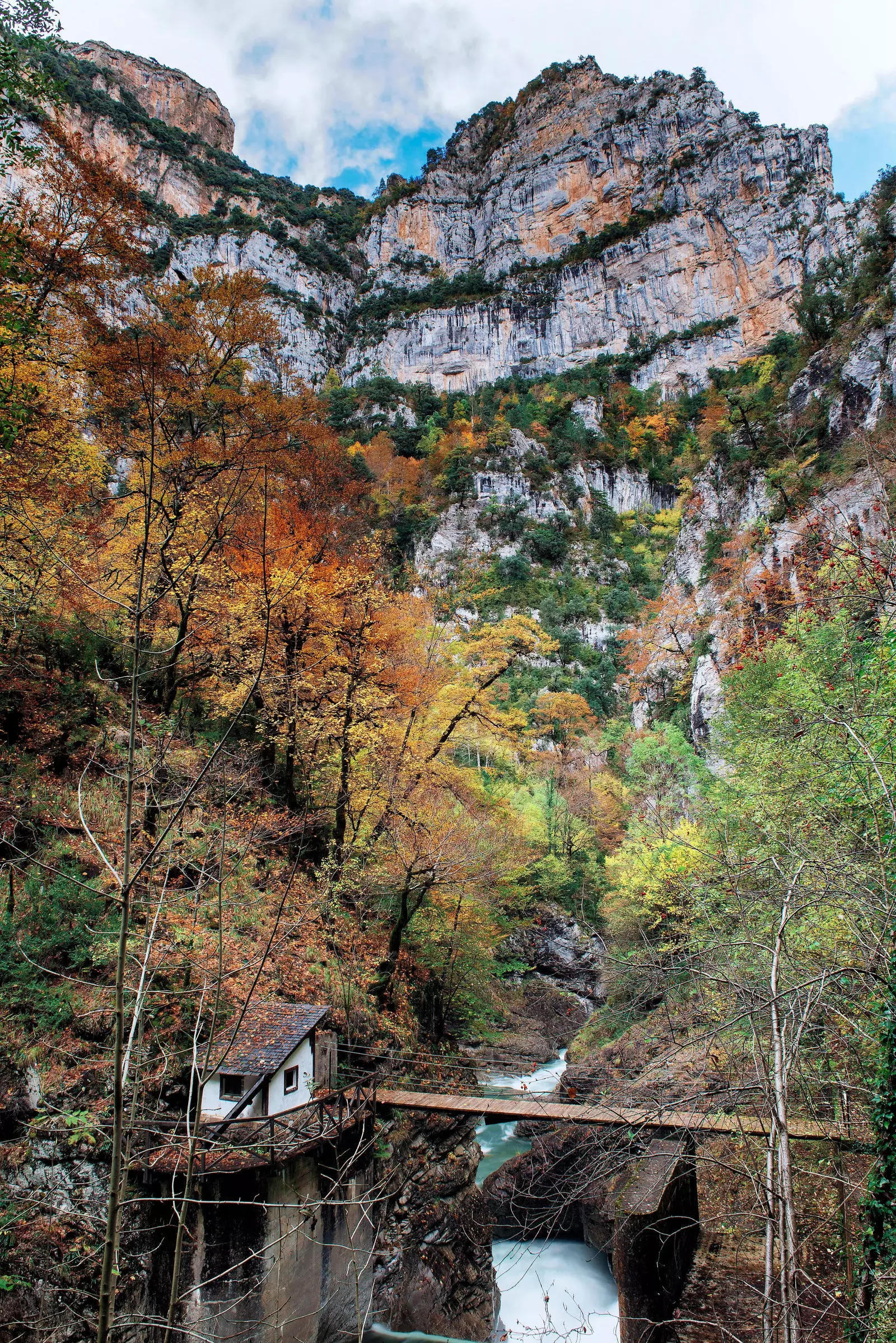
Anisclo Canyon
THE AÑISCLO CANYON
Another river, in this case the beautiful , was in charge of chiselling a narrow passage in the rock, creating the Anisclo Canyon . The protagonism of the impetuous Pyrenean rivers molding the calcareous rock landscape is unquestionable. His labor of drawing steps, straits and hollows on the rock was priceless. The vegetation rounds off the work, taking care of decorating it with its colors: the deciduous forest, dyed orange and ocher at this time of year it occupies the riverside and the lower reaches of the canyon. As the altitude increases, the hardy conifers and their green perennials They are the ones that settle on the slopes. In the same canyon of the river rises the Romanesque bridge of San Urbez , saving more than 40 meters high and providing a dizzying view over the living waters of the river Bellós . Its only arch has a span of more than 10 meters, supporting a step of just over a meter and a half wide.
We do not mind returning to civilization, after the natural beauty contained in the Añisclo Canyon, if it is to see the old town of Ainsa , one of the most beautiful villages in Aragon. A layout of dark stone houses and narrow streets in an excellent state of conservation make this medieval town a tourist attraction. The cultural activity, gastronomic offer and local crafts are also relevant in the capital of the former Condado del Sobrarbe. Time seems to have stopped here , showing peace and tranquility between the thick walls of the houses, built to shelter its inhabitants from the cold, wind and snow.
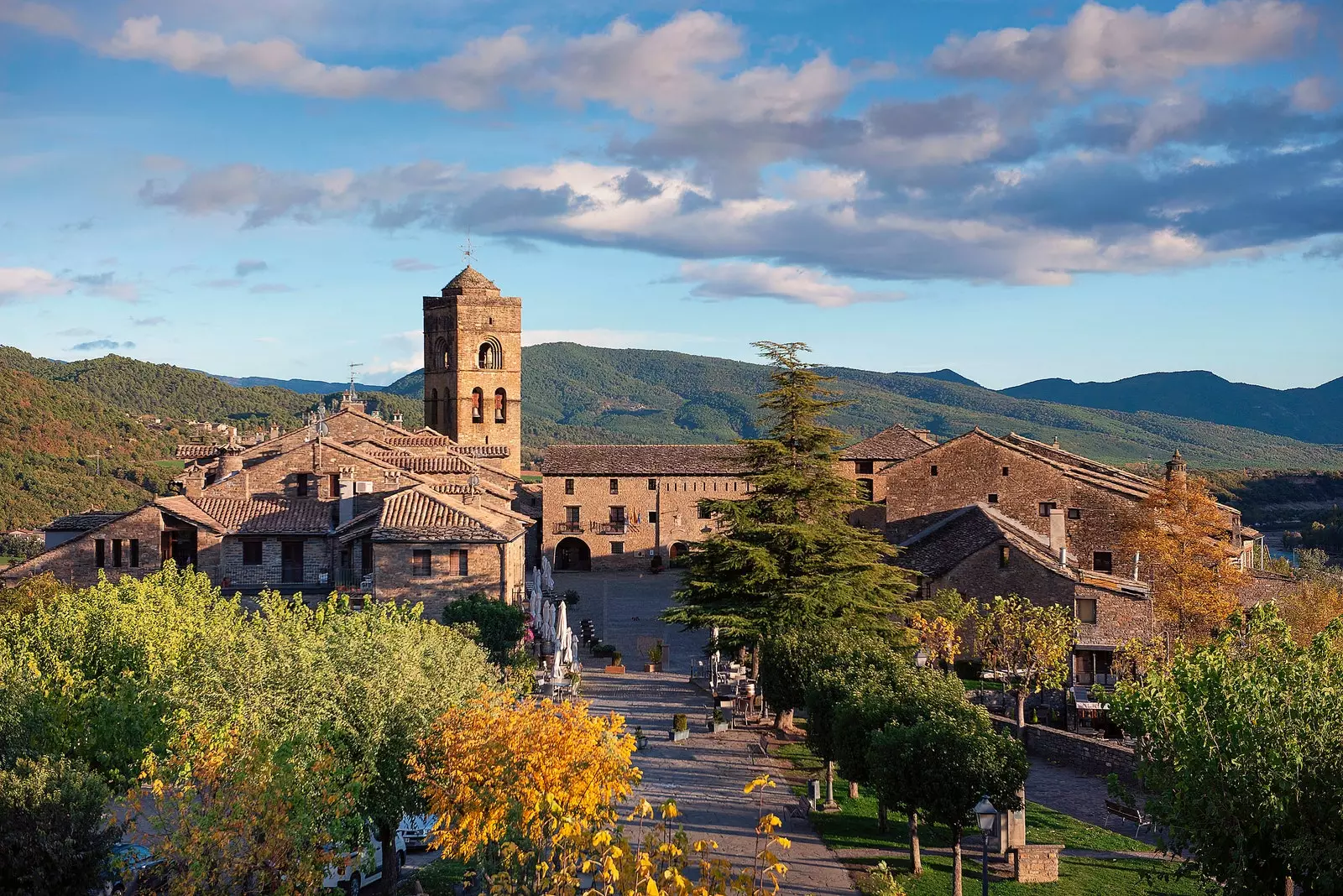
Ainsa
ON THE WAY TO ORDESA
The robust constructions, with black slate roofs, inclined so that the snow slides down them, meet us on our way to one of the main entrances to the Ordesa National Park. We stop at some of them, such as Otto , captivated by the Romanesque bell tower of the Church of San Saturnino.
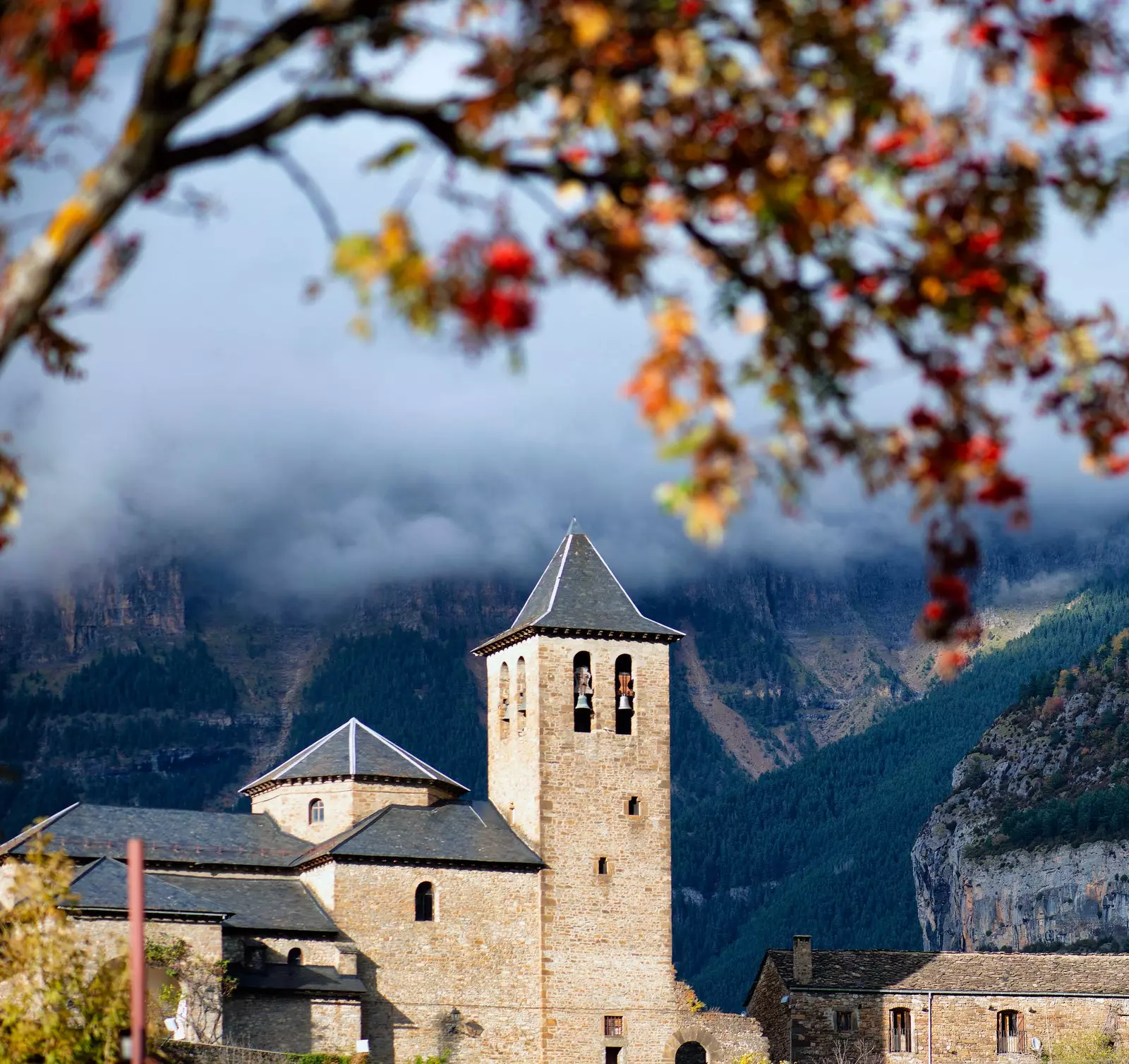
Torla
Also in Broto or Buesa . We never get tired of strolling through the alleys of these mountain towns trying to discover the most bucolic corners, those where handicrafts, flower pots and a neighbor saying good morning coexist.
In Torla we find the visitor reception center of the Ordesa y Monte Perdido National Park, from where a bus leaves for the Pradera de Ordesa, the start of hundreds of routes and excursions.
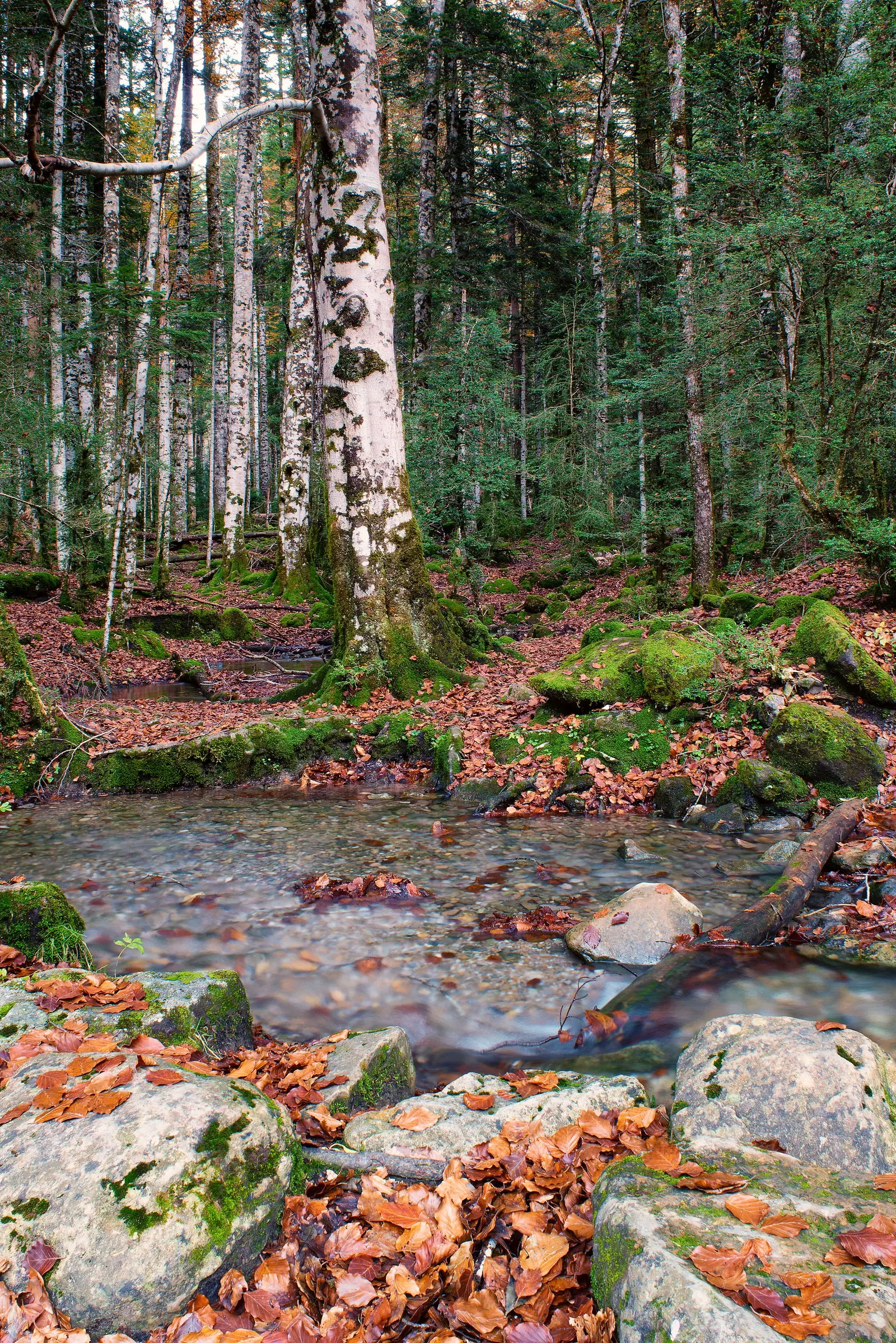
Ordesa and Monte Perdido National Park
Any time of the year is good to visit this place, but in the fall the landscape is even more breathtaking. The beech trees have put on their colorful suit . The same ones that caused this place to be protected, since its massive logging shrank the hearts of naturalists at the beginning of the 20th century. Also the hunt that led to the extinction of a type of Pyrenean goat, called bucardo , was a trigger that raised the voice about the need to stop the over-exploitation of the valley's natural resources. Following the international movement started in 1872 in the United States with the declaration of Yellowstone National Park , in Spain in the year 1917 the Covadonga Mountain (Asturias) and a year later, in 1918 the figure of National Park also reaches this natural jewel of the Sobrarbe region (Huesca).
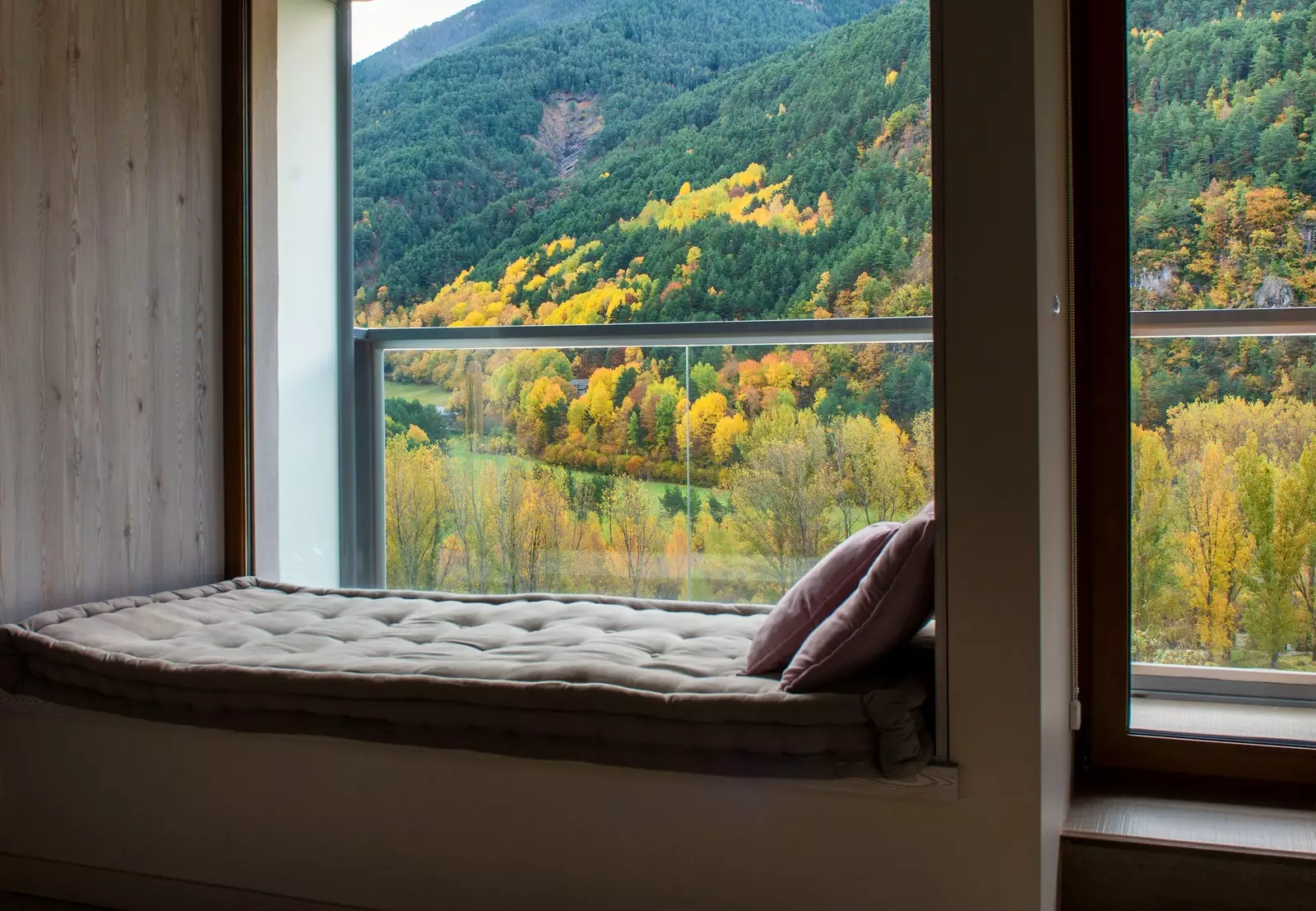
Waking up here, with these views of the Hotel Mediodía, a pleasure
CALCAREOUS MOLES, BEECH FORESTS AND WATERFALLS
Many are the treasures that shelter the National Park in its 350 square kilometers protected . More than half of all the flora cataloged in the Pyrenees is present in Ordesa: more than a thousand species. Including fifty endemisms, that is, species that cannot be found anywhere else in the world.
A similar account can be drawn in terms of animal species: this place is home to newts, butterflies, frogs and snakes, many of them endemic. Also wealth reaches the heavens: the best views of the park have always been the bearded vultures, vultures or hawks flying over the peaks.
In autumn, the protagonists are its forests. Such as Low Turieto , a forest of beech, fir and mossy pine forests in which there are several waterfalls and the monument to the Pyrenees Lucien Briet.
Other mixed forests, composed of linden, birch, ash, maple and serval they animate with their colors the lower part of the valleys and the bottoms of the canyons. The torrents and rivers cascading down the limestone rock complete the most characteristic photo of the Ordesa y Monte Perdido National Park.
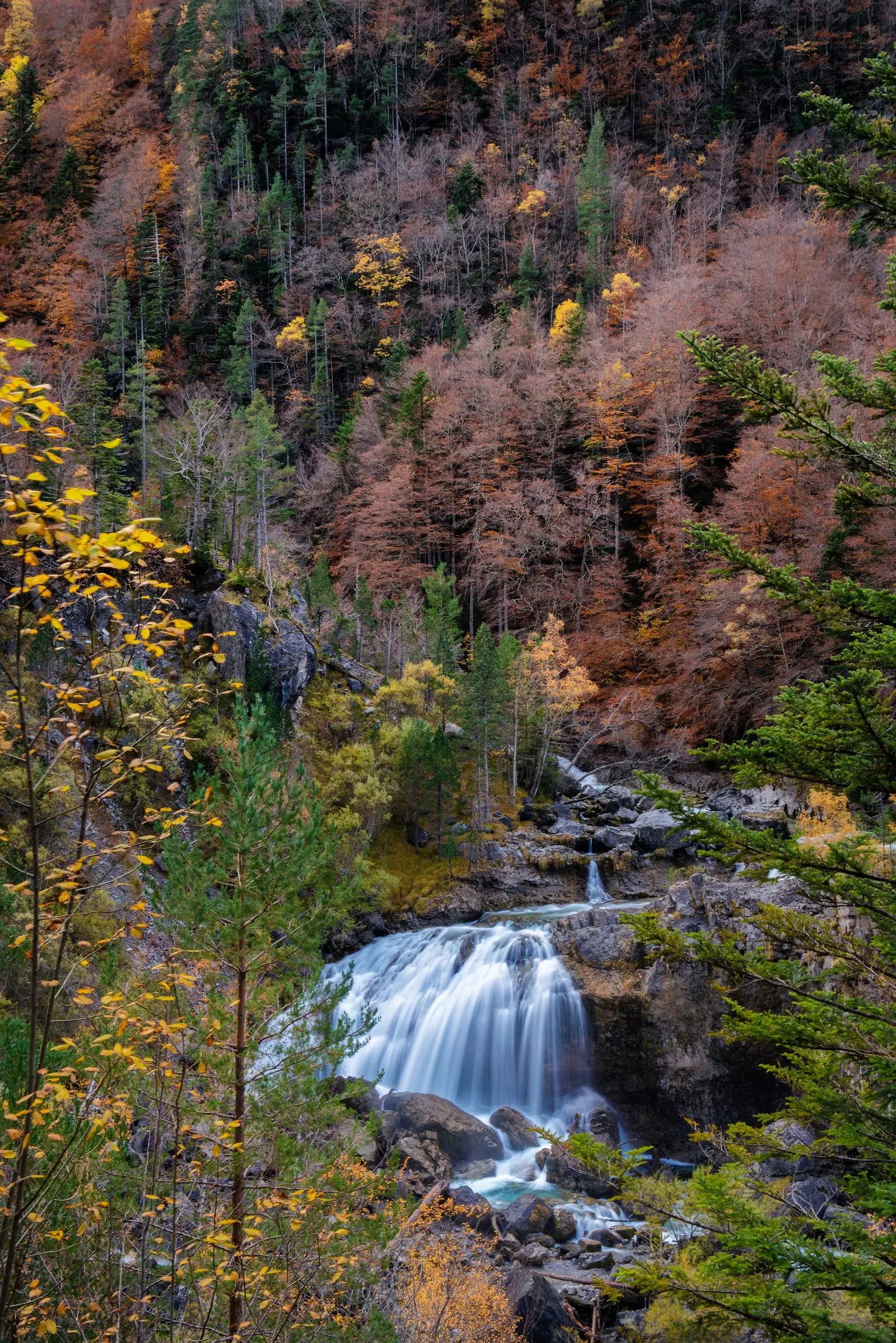
Ordesa and Monte Perdido National Park
